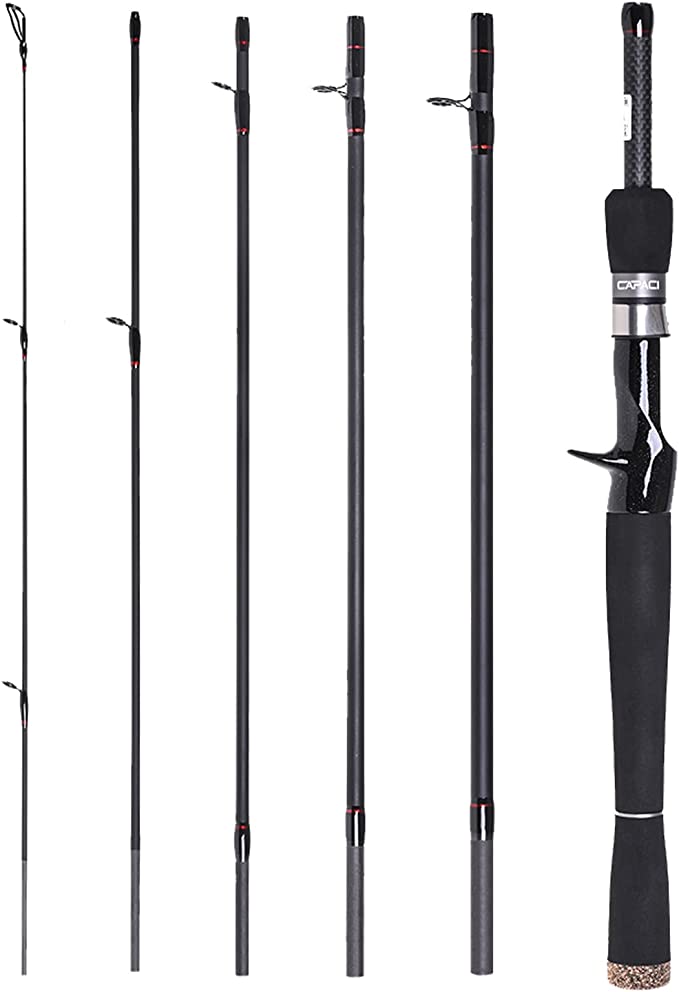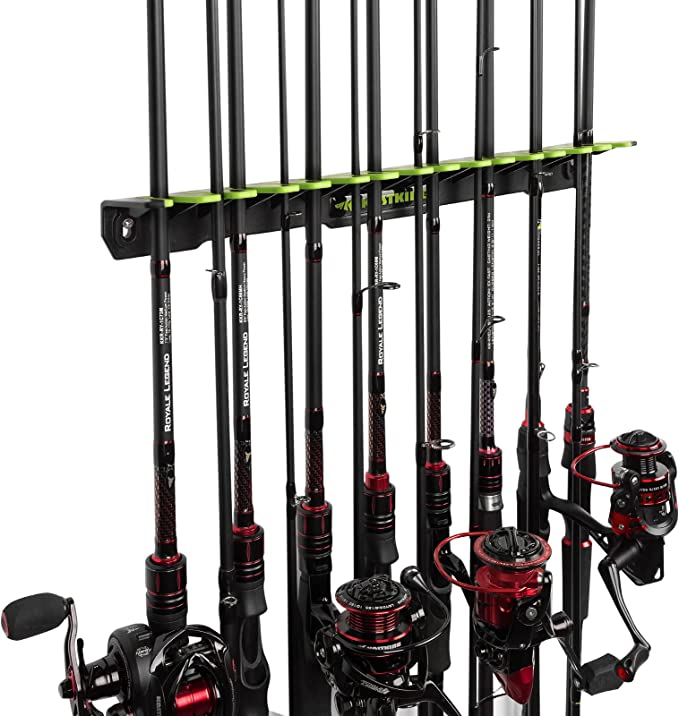An Engineer's Teardown: The Hidden Science in Your Ice Fishing Reel
Update on July 31, 2025, 6:43 p.m.
The world on top of a frozen lake is a place of hostile beauty. The air is so cold it feels crystalline, and the silence is broken only by the scrape of your boots on the ice and the low moan of the wind. Out here, you are acutely aware of your equipment. Every piece of gear is a link in a chain of survival and success, and a single weak link can end your day. This isn’t a place for flimsy tools or flashy gimmicks. It’s a place for robust, reliable engineering.
In my hand, I’m turning over a small, unassuming piece of machinery: a VANZACK ice fishing reel. It’s compact, dense, and cool to the touch. The product sheet gives me the basics: a metal body, a weight of 201 grams, and an ergonomic handle. But to an engineer, these aren’t just features; they are answers to critical questions posed by the extreme environment. This isn’t a product review. This is a teardown—an exploration of the hidden science and deliberate design choices that separate a reliable tool from a piece of frozen scrap.

The Battle Against Ice: The Silent Language of Materials
The first and most important question ice fishing asks of any gear is: how will you handle the cold? The answer lies in material science. The reel’s description simply says “metal,” a vague but profoundly important starting point. In the bitter cold, many materials undergo a frightening personality change.
The key concept here is the ductile-to-brittle transition temperature (DBTT). Think of it as a material’s breaking point under cold stress. Above this temperature, a material like a common polymer (plastic) might bend or deform when struck—it’s ductile. Below its DBTT, that same plastic can shatter like glass—it becomes brittle. Many standard plastics used in fair-weather fishing reels have a DBTT that falls within the range of temperatures you’d easily encounter on a frozen lake. This is why a reel that feels sturdy in July can literally explode into pieces if dropped on the ice in January.
This is where the choice of “metal” becomes a deliberate act of engineering. Most metals, particularly the aluminum alloys commonly used in quality reel construction, have a DBTT far below any temperature we would ever fish in. They remain ductile and tough, capable of absorbing impacts without catastrophic failure. The high-strength body mentioned in the specs isn’t just for fighting fish; it’s for surviving the simple, brutal reality of being used in a cryogenic environment.
Furthermore, a metal body, often machined from a solid block of aluminum, provides a rigid, unyielding frame. This rigidity is critical for keeping the internal gears perfectly aligned under load. Any flex in the frame would cause the gears to mesh improperly, resulting in a loss of power, a grinding feel, and ultimately, premature wear. The common practice of anodization on aluminum reels adds another layer of engineering—it creates a super-hard, corrosion-resistant shell (aluminum oxide) that acts as armor against nicks, scratches, and the inevitable moisture.

The Human Extension: Biomechanics in Design
A tool is only as good as its user’s ability to operate it. On the ice, the user is compromised. The cold attacks your body, forcing it to make physiological choices. One of the first is vasoconstriction: the blood vessels in your hands and feet constrict to preserve core body temperature. This leads to numb fingers, reduced dexterity, and a significant loss of grip strength. A reel’s design must compensate for this human limitation.
This is where the reel’s specified weight of 201 grams becomes more than just a number. It’s a critical input in a biomechanical equation. Every time you lift your rod to jig the lure, you are fighting gravity. The force your wrist must exert is a function of torque, which, in simple terms, is Force = Mass x Distance. A lighter reel reduces the mass, directly lowering the torque and the cumulative strain on your muscles and tendons over hundreds, or even thousands, of jigs in a day. It’s the difference between fishing comfortably until sunset and packing it in early with a sore wrist.
Then there’s the “ergonomic handle.” This term is often thrown around in marketing, but in this context, it has a precise meaning. An effective handle for ice fishing must be large enough to be gripped firmly with a gloved hand. Its shape should allow for a secure hold without requiring the fine motor control that you no longer possess. It’s not about how it feels in a warm store; it’s about whether you can find it and turn it with a clumsy, frozen claw, smoothly reeling in a line without fumbling. The compact dimensions (11x8.5x7.5cm) also play a role, ensuring the reel doesn’t become a cumbersome appendage in the tight confines of a shelter.

The Philosophy of Reliability: When Less is More
Ice fishing is, at its core, a vertical presentation. You are not making long, arcing casts. You are dropping a line into a hole and working it directly below you. This fundamental difference means that many of the complex mechanisms built for casting—intricate bail systems, anti-reverse switches, and sophisticated line-lay oscillators—are not just unnecessary; they are potential points of failure.
Every moving part is a place for moisture to creep in, freeze, and seize the mechanism. Every complex system is another thing that can break. The VANZACK reel’s simple, almost utilitarian appearance speaks to a deeper engineering philosophy: in an environment where reliability is paramount, simplicity is a virtue. A robust, straightforward drive train, a dependable drag system, and a solid handle are all that is truly required. By eliminating superfluous features, the designer minimizes the number of things that can go wrong. This is the same philosophy used in designing military hardware, survival tools, and aerospace equipment. It’s the understanding that the most elegant solution is often the one with the fewest moving parts.
In the end, as I set the small reel down, I see it not as a branded product, but as a physical manifestation of engineering principles. It is a synthesis of material science that defies the cold, of biomechanics that accommodates the human form, and of a design philosophy that champions reliability over complexity. The true value of a tool like this isn’t in its name or its price. It’s in understanding the silent, intelligent choices embedded in its very form—the “why” behind the “what.” And learning to see with that engineer’s eye is a skill that will serve you well, long after the ice has melted.







































